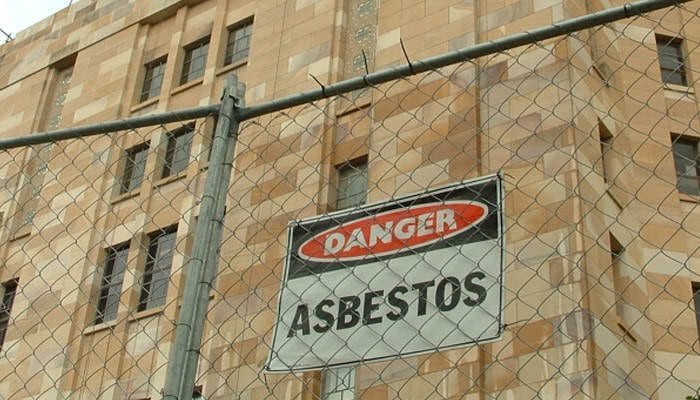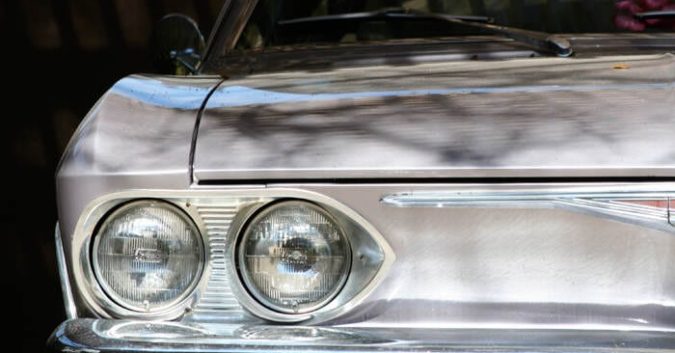In his small, Connecticut hometown of Winsted, in a beautiful old bank building, Ralph Nader has opened up a brand-new museum. Upon first glance, the objects within the museum walls — classic cars, toys, and machines from long ago — may seem comforting and familiar. Visitors here, however, should be sure to check their nostalgia at the door. Every one of these objects have something in common: They all have, at some point or another, injured people who have used them – and in numerous cases, they’ve even caused needless death.
Each item in the museum has been involved in a civil court case. Ralph Nader’s museum does not commemorate these objects, per se, but rather the legal system that supports the victims of these objects. This museum is unlike any the U.S. public has ever seen before. It is the first of its kind. This is The American Museum of Tort Law.
What is “Tort” Law?
In the domain of Law, "tort" refers to a civil case where wrongful actions are most commonly addressed with damages rather than criminal sentencing. While this term may be unfamiliar to some, these types of cases are hardly obscure. Tort lawsuits are exceedingly common in our modern world – so common that we often don't stop to think about their crucial and unique function within our judicial system and our daily lives.
In tort law cases, plaintiffs are those injured by wrongful actions. Such actions include those committed by corporations, employers, or the individual. Importantly, both unintentional and intentional actions are relevant here.

Tort law allows victims who have suffered injuries the opportunity to seek justice within the civil court. A successful plaintiff in a tort case can be reimbursed for medical expenses, pain and suffering, and damage to property, for example. While monetary damages go a long way to offset injuries suffered, these court cases are also important because — collectively — they work to hold corporations and other parties responsible for their actions.
Therefore, the museum’s celebration of tort law is something valid in that it celebrates, in a way, our very judicial system and the opportunities we have as citizens to pursue justice. As museum Executive Director Rick Newman points out: "If there is a case involving a defective product, that litigation can change the entire industry and improve safety for everybody."
The Museum’s Mission and Ralph Nader’s Vision
Rick Newman stresses that the lawsuits presented in the museum are “either precedent setting cases or cases that made a difference.” One such case that made a lasting difference is the 1969 lawsuit brought against asbestos manufacturers by Clarence Borel, in which Borel received $80,000 as compensation. This case blazed the trail so that others, in the future, could receive more significant compensation.
Borel’s case also demonstrated that asbestos exposure causes deadly diseases and that the manufacturers of asbestos-containing products knew or should have known that their products could harm people.
Visitors to the museum will encounter thought-provoking information concerning possible cover-up scandals by the manufacturers of asbestos-containing products. For the visitor, there is both the feeling of gratitude for those who came before us, for those who established the ability to receive justice, and the strong feeling that we must continue this pursuit of justice even more fervently today.
The fact that the objects contained within The American Museum of Tort Law are everyday objects is what most visitors find most startling. The classic cars a visitor encounters are familiar, but we are reminded that such cars are here because they have caused unnecessary death or injury. So, too, with the classic toys like stuffed animals and toy trucks and school buses.
The exhibits on tobacco and asbestos remind the public that corporate greed is widespread and that many in this country have suffered unnecessarily at the hands of large companies, manufacturers, and employers.
Although Ralph Nader is the founder of this museum, his name is missing from the museum’s marquee. To this, Nader responds:
"The common law of torts should be named the American Common Law of Torts. Everybody contributed to it. Millions of jurors, tens of thousands of lawsuits and brave witnesses — everybody participated in it. Why would you put anybody's name on it?"
It is worth mentioning Ralph Nader’s name here briefly, though, if only to give this museum’s mission a history of credibility, determination, and success. Nader has been involved in these types of legal cases before as an attorney. He has fought for reform on the political level. He has written about this issue as an author. He believes so strongly in his ability to affect change that he has even run for president. So what’s different, here, with this museum? What’s new?
Well, for one thing, children are invited to participate. The exhibits are described in clear, direct language that makes the information accessible but also preserves the complexity behind these infamous legal trials. This is a museum for all the American people.
The Push to Change Public Perception
The opening of this museum comes at a time when tort law is under attack. “Tort Reform,” a term often pushed around in political news coverage, aims to dismantle the system as it currently works by increasing costs associated with bringing a lawsuit. Hopefully, The American Museum of Tort Law will make the public more aware of the long history of tort law and how necessary it is to a democratic and free society.
Let’s revisit the cars shown at this museum for a moment. Visitors will encounter the story of the Pinto’s exploding gas tank, a story decades old but certainly still remembered by people in our modern world. Paired with this, however, a visitor will also encounter a more recent car defect – that of General Motor’s faulty ignition switch.
With these two automobiles, the museum reminds us that harmful objects are not just “quaint” things of the past, and that the consumer and the judicial system must be ever vigilant. Visitors will learn that the ability to seek justice is something that should never be compromised.

An Appeal to Victims of Negligence
Perhaps this museum will help to encourage those suffering from exposure to, or use of, certain products to seek justice. Perhaps victims will realize they must not allow those entities who have been negligent to go unchecked. Tort cases will always have the potential to change safety measures for future consumers and workers.
Well before the founding of this museum, Ralph Nader’s actions already had a long history of affecting industry change. His 1965 book Unsafe at Any Speed: The Designed-In Dangers of the American Automobile was instrumental in the implementation of automobile safety features such as seatbelts and airbags.
It’s tough to imagine a world in which the public never made their concerns about automobile safety known long ago. If such were reality, we might not have common safety features in our cars today – such things as electronic stability control, anti-lock brakes, tire-pressure monitors, blind spot detection, and even rollover protection.
If Ralph Nader has taught the U.S. public anything — both in his professional life and in the development of this museum — it is that the American people do not need to remain silent. When we speak up – especially when we do so in greater numbers and with the help of the judicial system – meaningful change can occur.
In a perfect world, products and manufactured materials would never cause harm in the first place. In this perfect world, there would be no need for legal recourse. But that’s simply not the world we live in. One minor victory for American citizens, however, is the mere existence of tort law – and now, in the small town of Winsted, CT, a museum both honors and works to preserve it.
